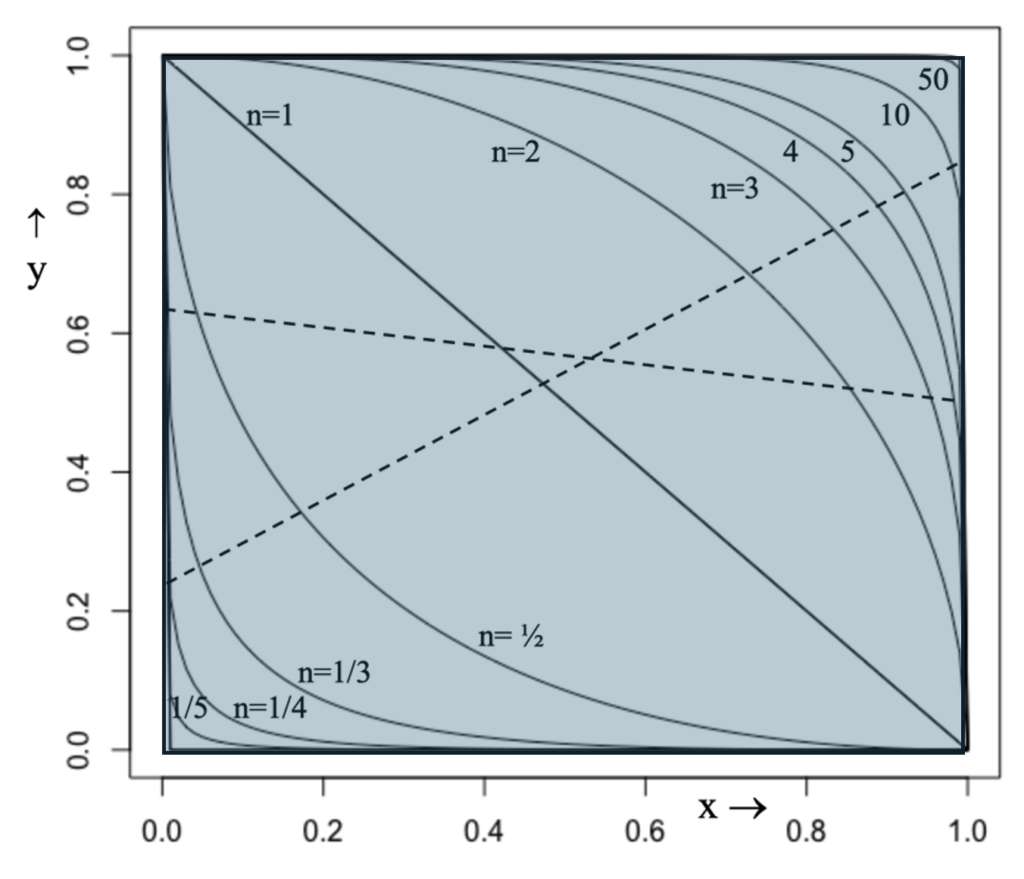Around the year 1637 Pierre de Fermat boasted: “To divide a cube into two cubes, a fourth power, or in general any power whatever into two powers of the same denomination above the second is impossible, and I have assuredly found an admirable proof of this, but the margin is too narrow to contain it.”
I’ll admit that in my more distant past, I naively wasted way too much time on trying to find that ‘admirable’ proof of Fermat’s Last Theorem. Alas, Andrew Wiles announced his proof of the theorem to much fanfare in June of 1993. [NOTE: I have not worked my way through his proof.] But a simpler proof of the theorem still intrigues novice mathematicians and no doubt in secret, the professionals as well, since one could reasonably take Fermat’s boast to imply that an ‘admirable’ proof should fit in a wider margin and certainly not require a 300-page treatise.
The traditional phrasing of the theorem is the following: The equation a^n + b^n = c^n, with a, b, c, and n all integers, has no solutions for n greater than 2.
I remember rephrasing the problem and making plots in a unit square based on an equivalent perturbation of the equation as a statement on rationals: x^n + y^n = 1, with rational values x = a/c and y = b/c. Then I plotted curves y(x) for various integral values of n as powers and roots of the following equations. Each of these functions of x and n I plotted as curves in the unit square.
y(x,n) = ( 1 – x^n )^(1/n), for n > 1
y(x,n) = 1 – x , for n = 1
y(x,n) = ( 1 – x^(1/n) )^n, for n < 1

According to the theorem no point on any of these curves for n an integer greater than 2 or less than ½ is there a single value of y that is a rational number times x. Yet, one can draw seemingly continuous lines (which I drew as dashed lines) for which y is a rational number times x throughout that line. But of course, even these lines are not continuous juxtapositions of exclusively rational relationships; there are astronomically more points along even those lines for which x and y are irrational.
Irrationals prevail. If one were to throw a dart with an infinitesimally sharp point at that unit square, the probability of striking a point representing an (x,y) pair of rational numbers is virtually zero. No point (zero probability) along any continuous curve for an integer n greater than two or a rational fraction less than one half represents a pair of rational numbers. I became overwhelmed by this and recall abandoning my efforts. This feeling is most ably captured by a quotation in a letter from the great mathematician George Cantor to his peer Diderot: “‘I see it, but I don’t believe it. There are as many numbers on the side as in the square.” More recently this comment has been taken to suggest “…that, rather than denoting astonishment at his result, the remark pointed to Cantor’s worry about the correctness of his proof.” Be that as it may, the feeling is the same and like Cantor, I had seen the seething sea of irrationals but could scarcely believe it. Even now it boggles my mind.
One could color in that complete unit square with pairs (x,y), both values rational numbers, but each of the points that comprise the seemingly continuous color of the unit square is surrounded in its immediate vicinity by an infinite seething sea of irrational numbers. All those curves for n greater than two dart and dodge to miss every single point for which y has a rational relationship with x.
Fermat should not have been dismissive of the infinity in even a “narrow margin”.
Like
Comment
Share
Leave a Reply